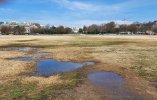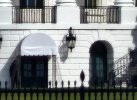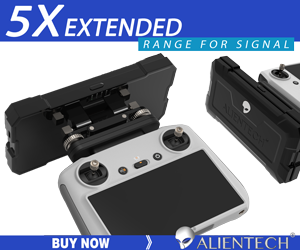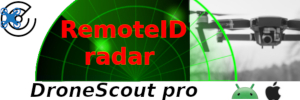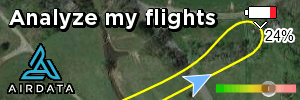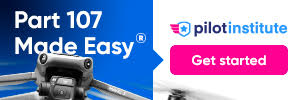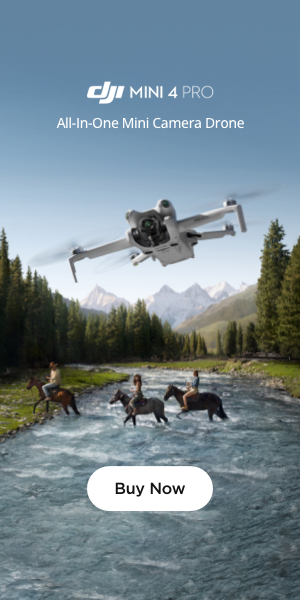Droning on and on...
Well-Known Member
Yes, GPS guides the craft back to a close approximation of its launch point. But on my Air 3, whose firmware was updated about two weeks ago, the main camera then automatically pivots downward and locks into a vertical position at the start of the RTH landing sequence (at my chosen RTH return altitude of 120' above the home point), and a small drone-shaped symbol is projected on the camera's image of the home point (in my case, a conspicuous Hoodman pad) on the controller display. Then, four or five feet above the ground, the main camera pivots back to its horizontal position and the downward VPS cameras apparently take over.
How would you explain the main camera's behavior in that manner if it plays no role in precision landing? It didn't start doing that until after my recent update.
PL has been around as a feature for years. The auto tilt down and then back up is much newer than PL. The main camera plays no role in PL; prove this to yourself by using the gimbal wheel to point the camera straight again right after it pitches down. The bird will still perform a successful PL.



